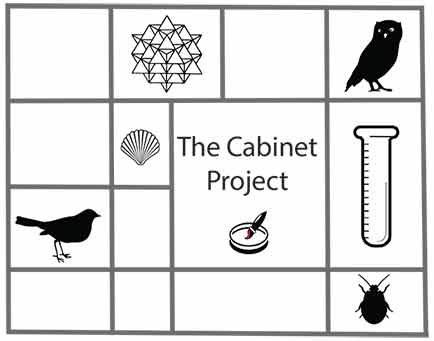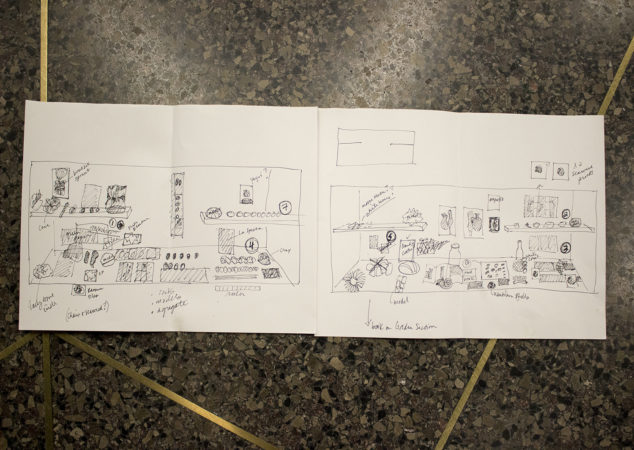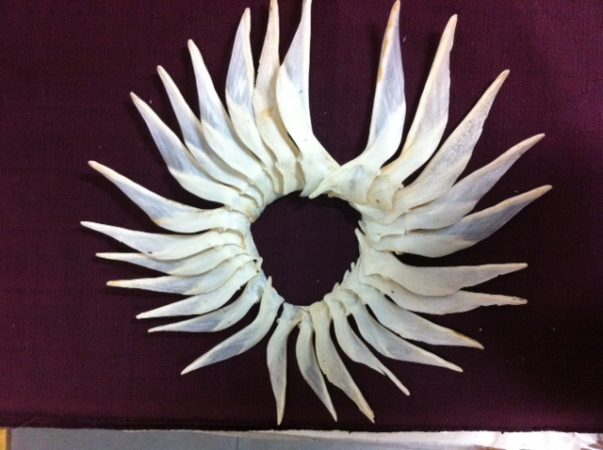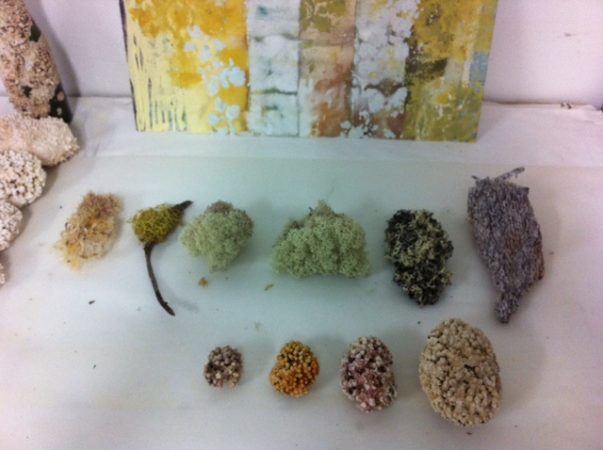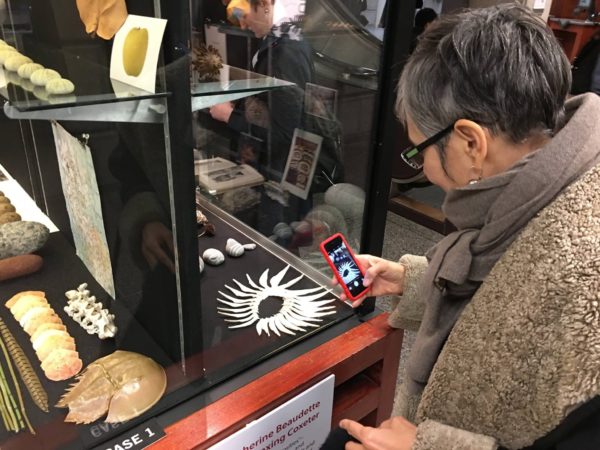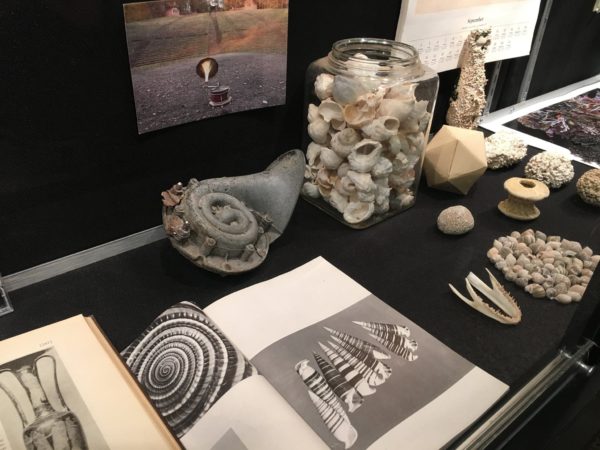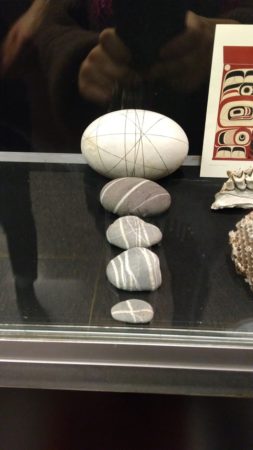Catherine Beaudette is a Canadian artist and Associate Professor at OCAD University in Toronto. She is the founder of Loop Gallery in Toronto and 2 Rooms Contemporary Art Projects in Duntara, Newfoundland. Born in Montréal Québec, she currently divides her time between Toronto, Ontario, and Bonavista Bay, Newfoundland. Beaudette has travelled extensively, and attended art residencies in Spain, Serbia/Montenegro, Germany, Banff, Fogo Island, and Mexico. She received her MFA from the Nova Scotia College of Art and Design in 1998. Beaudette won a RBC Canadian Painting Prize in 2000, and twice has been awarded an Elizabeth Greenshields Foundation Grant.
For a number of years, I have been developing an art practice that incorporates and examines the formal language of museological displays. This work engages the aesthetic tradition of the ‘archival collection’ through the accumulation of specimens, artifacts, and their (re)presentations, borrowing methodologies from art history, archaeology, anthropology and natural history. New ways of contextualizing our perceptions of the world emerge from the unusual convergence of images, texts and objects offered by my on-going museum work.
COAXING COXETER is a ‘cabinet of curiosities’- specimens, natural history texts images and objects displayed with mathematical models and instruments from collections at the University of Toronto. The items are arranged to provoke unexpected insights into relationships between the harmonic proportions of natural forms and the rational discourse of western production. For example, the complex structures of seashells and sunflowers are known to embody Fibonacci formulas that describe unfolding logarithmic spirals with golden section proportion; and Mandelbrot’s fractals demonstrate the correlation between geometry embedded in natural forms and an unconscious aesthetic found in manufactured objects. The contents of the cabinet, lifted from their usual discursive contexts (a displacement achieved through painting, digital images, scans, replicas and collections) are reordered wholly or partially under a new conceptual system or ‘taxonomy’.
